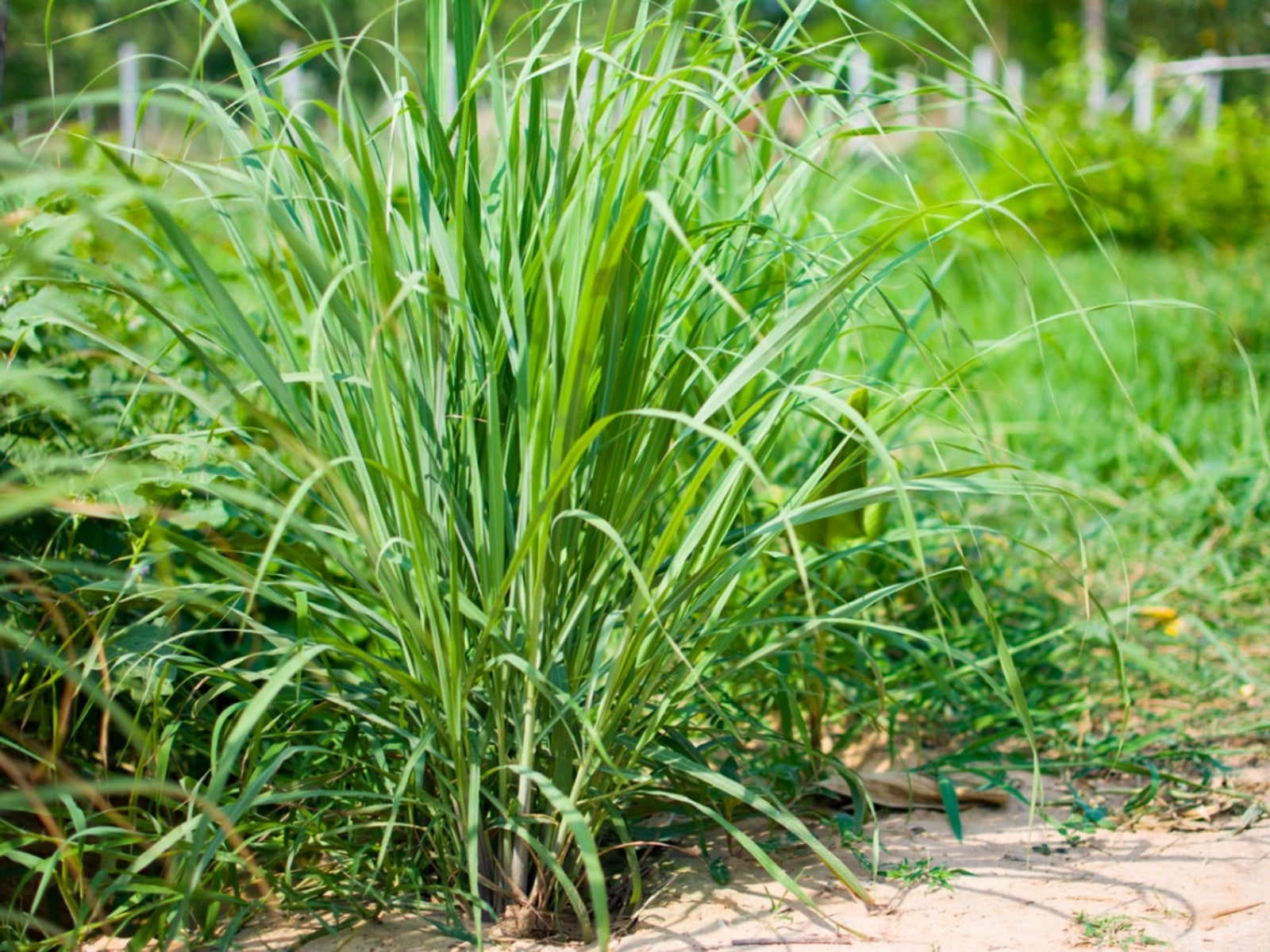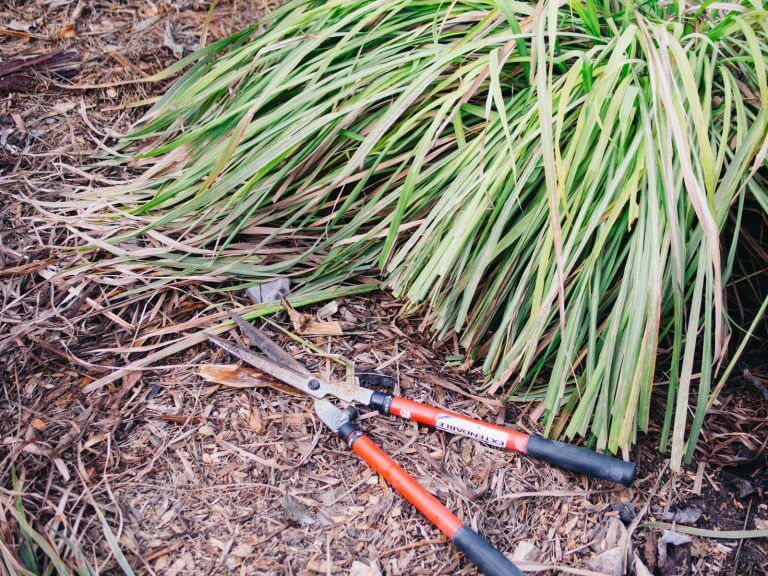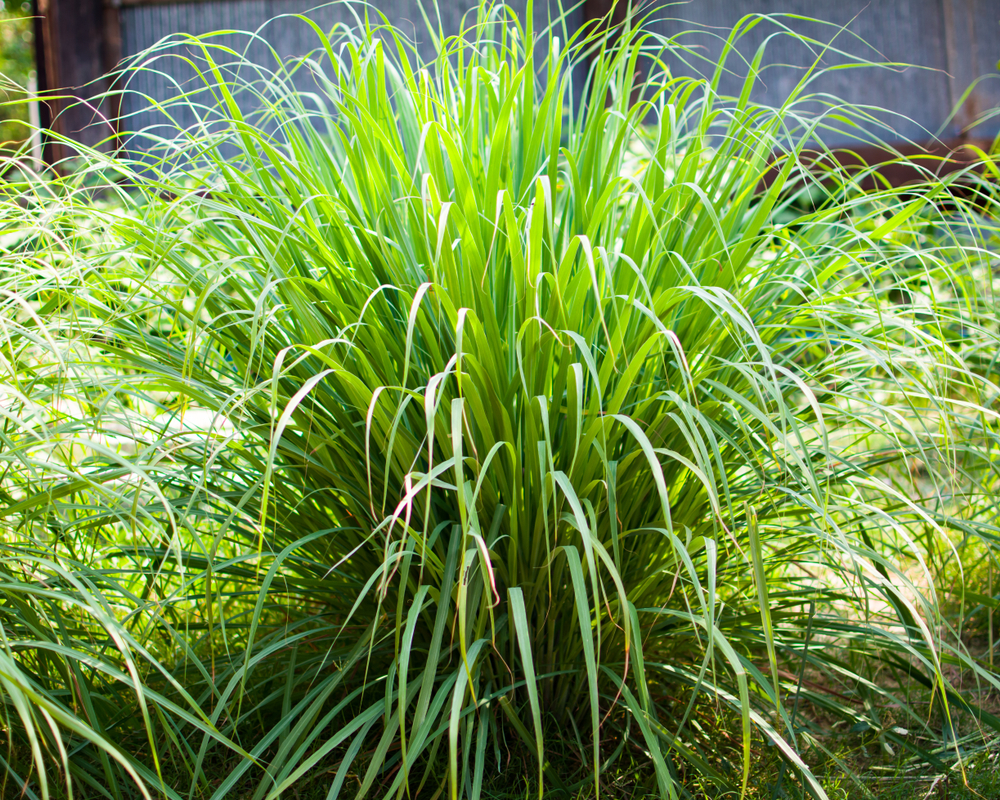What to Expect from Your Lemongrass Plant
When it comes to growing lemongrass, understanding its growth habits is crucial for optimal care and harvesting. One of the most common questions gardeners ask is “how tall does lemongrass get?” Knowing the answer to this question can help you provide the right conditions for your plant to thrive. Lemongrass is a tropical herb that can grow quite tall, but its height and spread can vary depending on several factors. In this article, we’ll explore the average height of lemongrass, factors that influence its growth, and provide practical tips to promote healthy development and maximize height.
The Average Height of Lemongrass: A Guide for Gardeners
One of the most common questions gardeners ask when growing lemongrass is “how tall does lemongrass get?” The answer to this question can vary depending on several factors, including the specific variety, growing conditions, and care. On average, lemongrass plants can grow to be between 2-5 feet (60-150 cm) tall, with some varieties reaching heights of up to 10 feet (300 cm) or more in ideal conditions. Factors such as climate, soil quality, watering, and pruning can all impact the height of lemongrass, and understanding these factors is crucial for optimal growth and harvesting. By knowing what to expect from your lemongrass plant in terms of height, you can provide the right conditions to support its growth and maximize its potential.
Factors Affecting Lemongrass Height: Climate, Soil, and More
When asking “how tall does lemongrass get”, it’s essential to consider the various factors that influence its growth. Climate, soil quality, watering, and pruning are all critical factors that can impact the height of lemongrass plants. For instance, lemongrass grown in warm, humid climates with plenty of sunlight can reach heights of up to 10 feet (300 cm) or more, while those grown in cooler, drier climates may only reach 2-3 feet (60-90 cm) tall. Soil quality also plays a significant role, as lemongrass prefers well-draining, fertile soil to support its growth. Additionally, consistent watering and pruning can help promote healthy growth and maximize height. By understanding these factors, gardeners can optimize their plant’s growth and achieve the best possible results.
How to Encourage Healthy Growth and Maximize Height
To maximize the height of lemongrass plants, it’s essential to provide optimal growing conditions. One of the most critical factors is sunlight, as lemongrass requires at least 6 hours of direct sunlight per day to thrive. Additionally, lemongrass prefers well-draining soil with a pH between 6.0 and 7.0, making it essential to choose a suitable potting mix. Consistent watering is also crucial, as lemongrass requires about 1-2 inches of water per week. However, it’s essential to avoid overwatering, which can lead to root rot and stunted growth. By providing optimal growing conditions and proper care, gardeners can encourage healthy growth and maximize the height of their lemongrass plants. For example, by pruning lemongrass regularly, gardeners can promote bushy growth and prevent legginess, ultimately leading to a taller, healthier plant. By understanding how to promote healthy growth, gardeners can answer the question “how tall does lemongrass get” with confidence, knowing their plant is reaching its full potential.
Lemongrass Varieties: Do They Differ in Height?
While lemongrass is often thought of as a single entity, there are actually several varieties that differ in their growth habits, including height and spread. For instance, the ‘East Indian’ variety is known for its tall, slender stalks that can reach up to 5 feet (150 cm) in height, while the ‘West Indian’ variety tends to be shorter and more compact, reaching heights of around 2-3 feet (60-90 cm). The ‘Cymbopogon citratus’ variety, also known as ‘Citronella’, is another popular variety that can grow up to 4 feet (120 cm) tall. Understanding the unique growth habits of different lemongrass varieties can help gardeners choose the best variety for their specific needs and optimize their plant’s growth. By selecting a variety that is well-suited to their climate and growing conditions, gardeners can answer the question “how tall does lemongrass get” with confidence, knowing their plant is reaching its full potential.
Pruning and Training Lemongrass for Optimal Height
Pruning and training are essential techniques for controlling the height and shape of lemongrass plants. By pruning lemongrass regularly, gardeners can promote bushy growth, prevent legginess, and encourage the plant to grow taller. One effective pruning technique is to remove any dead or damaged leaves or stalks, which can help redirect the plant’s energy towards healthy growth. Additionally, pruning the tips of the lemongrass stalks can encourage branching and prevent the plant from becoming too leggy. Training lemongrass plants by providing support, such as stakes or trellises, can also help control their height and shape. By providing the right amount of support, gardeners can encourage their lemongrass plants to grow taller and more robust, ultimately answering the question “how tall does lemongrass get” with confidence. Furthermore, pruning and training can also help improve the overall health and appearance of the plant, making it more suitable for harvesting and use in cooking and herbal remedies.
Common Mistakes to Avoid When Growing Lemongrass
While lemongrass is a relatively easy plant to grow, there are some common mistakes that can impact its height and overall health. One of the most common mistakes is overwatering, which can lead to root rot and stunted growth. On the other hand, underwatering can also hinder lemongrass growth, as the plant requires consistent moisture to thrive. Inadequate sunlight is another common mistake, as lemongrass requires at least 6 hours of direct sunlight per day to reach its full potential. Additionally, failing to prune lemongrass regularly can lead to legginess and reduced height. To avoid these mistakes, gardeners should ensure they are providing their lemongrass plants with the right amount of water, sunlight, and pruning. By doing so, they can answer the question “how tall does lemongrass get” with confidence, knowing their plant is reaching its full height and potential. Furthermore, avoiding these common mistakes can also help prevent pests and diseases, which can further impact lemongrass growth and health.
Conclusion: Mastering the Art of Growing Lemongrass
In conclusion, understanding the growth habits of lemongrass is crucial for optimal care and harvesting. By recognizing the average height range of lemongrass, which can reach up to 3-5 feet, and the factors that influence its growth, gardeners can take steps to promote healthy development and maximize height. By avoiding common mistakes, such as overwatering and inadequate sunlight, and employing proper care and maintenance techniques, lemongrass plants can thrive and provide an abundance of this versatile herb. Remember, the key to achieving optimal height and health for lemongrass lies in providing the right conditions, pruning and training regularly, and being mindful of the specific needs of different varieties. With these insights, gardeners can unlock the full potential of lemongrass and enjoy its many benefits.








